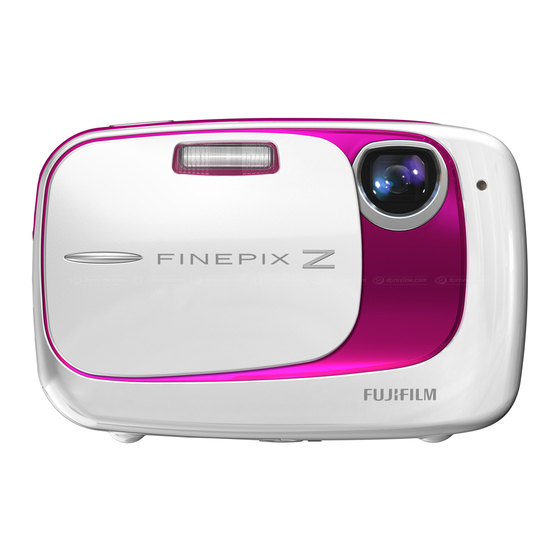
Table of Contents
Advertisement
Quick Links
EN
BL00947-200
Before You Begin
First Steps
Basic Photography and Playback
Owner's Manual
More on Photography
Thank you for your purchase of this
product. This manual describes
More on Playback
how to use your FUJIFILM FinePix
Z35 or Z37 digital camera and the
Movies
supplied software. Be sure that
you have read and understood its
Connections
contents before using the camera.
Menus
Technical Notes
For information on related products, visit our website at
Troubleshooting
http://www.fujifilm.com/products/index.html
Appendix
Advertisement
Table of Contents














Need help?
Do you have a question about the FinePix Z35 and is the answer not in the manual?
Questions and answers